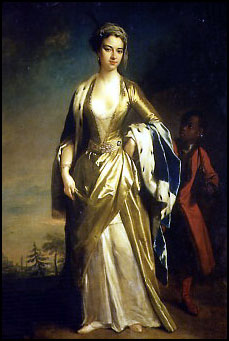 Above is a picture from NC Stage's 2005 production of A Doll's House.
Above is a picture from NC Stage's 2005 production of A Doll's House.
Below is our assignment sheet:
Out-of-Class Essay– Due August 9, 2009
Outcomes:
To study great, representative literary works from around the world, analyzing them in depth and applying appropriate literary terminology;
To survey a selection of world literature from various cultures after 1650
To promote understanding of these works through written response;
To identify and appreciate major literary genres, content, and style in a variety of works;
To acquire and practice literary terminology;
To develop critical thinking through comparative consideration of world literature and, where appropriate, secondary sources;
To examine literature in relation to its political, social, and historical environment;
To build on group discussions and blog entries of issues pertaining to the literature and its criticism;
To write multi-page papers that demonstrate critical reading of texts (primary & secondary sources) and use a style appropriate for academic discourse;
To maintain academic honesty and use MLA citation (in-text and works cited)
In this assignment, you will be writing a two to five page argument responding to a reading from our class schedule or a video that we’ve seen in class. I would recommend expanding on one of the journal entries that you have written. Please see me if you would like to explore another topic.
You may use secondary sources from literary criticism. At this point, though, I am much more interested in what you think of Nora and Helmer’s relationship for example, based on your reading of the text rather than what I think or what some literary critic thinks. However, depending on the approach that you’re taking, you may need to use some secondary sources to provide additional background or support a point that you are making. Keep in mind that these secondary sources are simply that—background material and support. They will assist you as you make your case, but make sure that you have the best possible source. Even though I have gathered a number of web sites, I try to choose the most scholarly yet accessible sites as well as sites that reflect other cultures’ viewpoints—and those that present performances based on our readings.)
For citation, even if you do not use secondary sources, you will be using MLA (in-text and works cited). Please see me if you need additional information, especially if you are using a source that is not in our anthology or if it has been a while since your last freshman composition course.
It goes without saying that I expect this paper to be your own work. Feel free to draft your paper in your blog or journal. I’ll also be happy to talk over or look over your ideas during my office hours or (internet connection permitting) online. If you’d like a second opinion, you may also want to work with one of the Writing Center’s tutors.
Grading
An A paper will be outstanding on all or most levels: close, critical reading of a text or texts, focus, development, support for argument, organization, style, and grammar/mechanics. (I have listed each level in order of importance; however, errors in the last area will affect your grade.) It may be on a reading we’ve discussed to death. In that case, it will show me new insights derived from your close, critical reading and, if necessary, secondary sources. Alternately, this paper may be on a reading that has been assigned but not discussed in class. This option may not produce an easier “A,” as I will be looking at your ability to scrutinize a text and produce a well-written essay without the opportunity to discuss your text (and listen to others’ insights about it) in class. However, it can be a productive route to an A.
A B paper will be effective on all or most levels: close, critical reading of a text or texts, focus, development, support for argument, organization, style, and grammar/mechanics. (I have listed each level in order of importance; however, errors in the last area will affect your grade.) It may be on a reading we’ve discussed in class or a reading that I’ve assigned but not discussed in class.
A C paper will be adequate on all or most levels: close, critical reading of a text or texts, focus, development, support for argument, organization, style, and grammar/mechanics. (I have listed each level in order of importance; however, errors in the last area will affect your grade.) It may be on a reading we’ve discussed in class or a reading that I’ve assigned but not discussed in class. Note that a C is not failing, simply “average.”
A D paper will contain significant problems on one or more levels: close, critical reading of a text or texts, focus, development, support for argument, organization, style, and grammar/mechanics. The first five areas are especially important. Papers can also be too long or too short. Please check in with me or a tutor at the Writing Center if your paper has fallen into this category.
A failing (F) paper will be inadequate on one or more levels: close, critical reading of a text or texts, focus, development, support for argument, organization, style, and grammar/mechanics. The first five areas are especially important. Papers can be too long or too short. Please check in with me if your paper has fallen into this category.
I reserve the right to give your paper a grade of R. This is not a failing grade, but I am requiring you to rewrite your paper because of problems on one or more levels: close, critical reading of a text or texts, focus, development, support for argument, organization, style, and grammar/mechanics. I may also assign this grade because of what I perceive to be insufficient effort or inadequate understanding of the assignment. If your paper falls into this category, please see me to talk about ways to rework your paper.
Please let me know if you are having problems with your paper or may have to hand in your paper late. There will be a late penalty of one-third of a grade per day, but I will waive the penalty if you’ve talked to me ahead of time.

 Hmmm...Kristin Chenoweth was certainly a dazzling Cunegonde. I wonder how she would be as Nora!
Hmmm...Kristin Chenoweth was certainly a dazzling Cunegonde. I wonder how she would be as Nora!








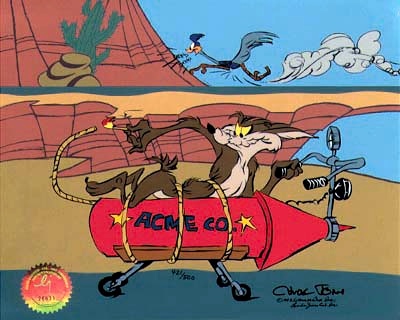
 Above is a picture from NC Stage's 2005 production of A Doll's House.
Above is a picture from NC Stage's 2005 production of A Doll's House.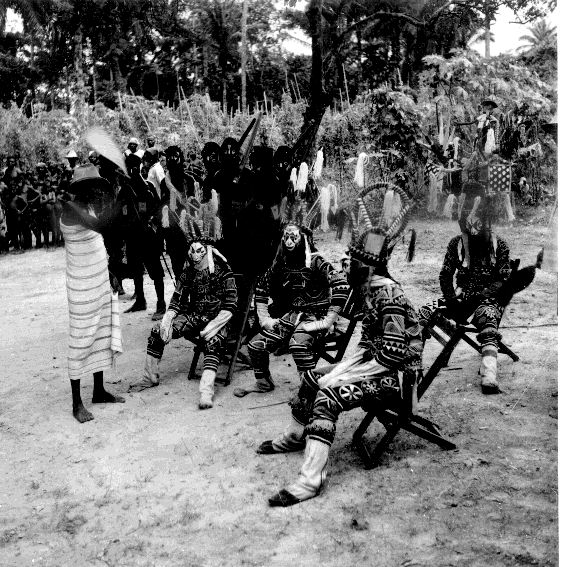 Above is a picture of Igbo elders in council. Below is a quick overview of our material.
Above is a picture of Igbo elders in council. Below is a quick overview of our material.





 This week we returned to the novel and moved on to Chinese literature. (Remember the definition of the novel -- an fictional prose narrative of at least 50,000 words which emphasizes character over plot, focuses on a protagonist with whom we are supposed to sympathize, and has a realistic-seeming setting. We also talked about mimesis, the extent to which art imitates life.) Monday we began discussing one of the Four Classic Chinese Novels: The Story of the Stone (written during the 1740s or 1750s and published in 1791). Its authors are Cao Xueqin (volumes 1 to 3) and Gao E (volumes 4 to 5). Yes, the English translation of The Story of the Stone is five volumes long. However, the excerpts that we read are from the first volume.
This week we returned to the novel and moved on to Chinese literature. (Remember the definition of the novel -- an fictional prose narrative of at least 50,000 words which emphasizes character over plot, focuses on a protagonist with whom we are supposed to sympathize, and has a realistic-seeming setting. We also talked about mimesis, the extent to which art imitates life.) Monday we began discussing one of the Four Classic Chinese Novels: The Story of the Stone (written during the 1740s or 1750s and published in 1791). Its authors are Cao Xueqin (volumes 1 to 3) and Gao E (volumes 4 to 5). Yes, the English translation of The Story of the Stone is five volumes long. However, the excerpts that we read are from the first volume.










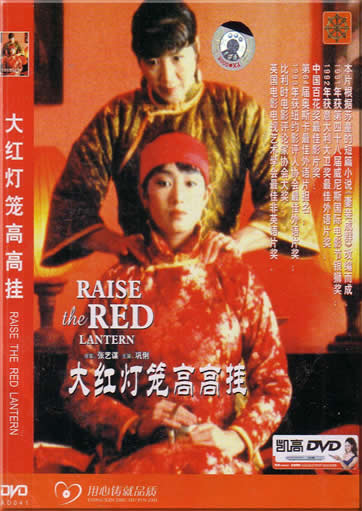
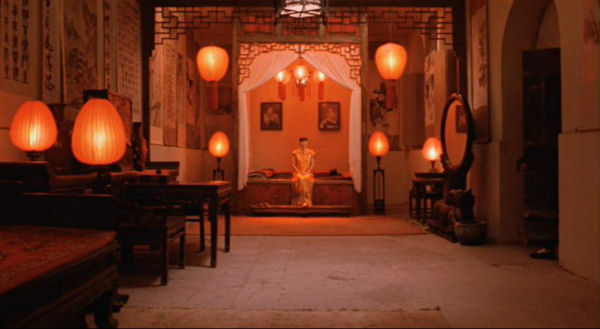



 Now that another week is over, I thought that I'd post the next installment of our study guide. This entry will cover Things Fall Apart, The Turkish Embassy Letters, The Interesting Narrative of the Life of Olaudah Equiano, and Incidents in the Life of a Slave Girl as well as the web sites and videos we looked at this week.
Now that another week is over, I thought that I'd post the next installment of our study guide. This entry will cover Things Fall Apart, The Turkish Embassy Letters, The Interesting Narrative of the Life of Olaudah Equiano, and Incidents in the Life of a Slave Girl as well as the web sites and videos we looked at this week.




